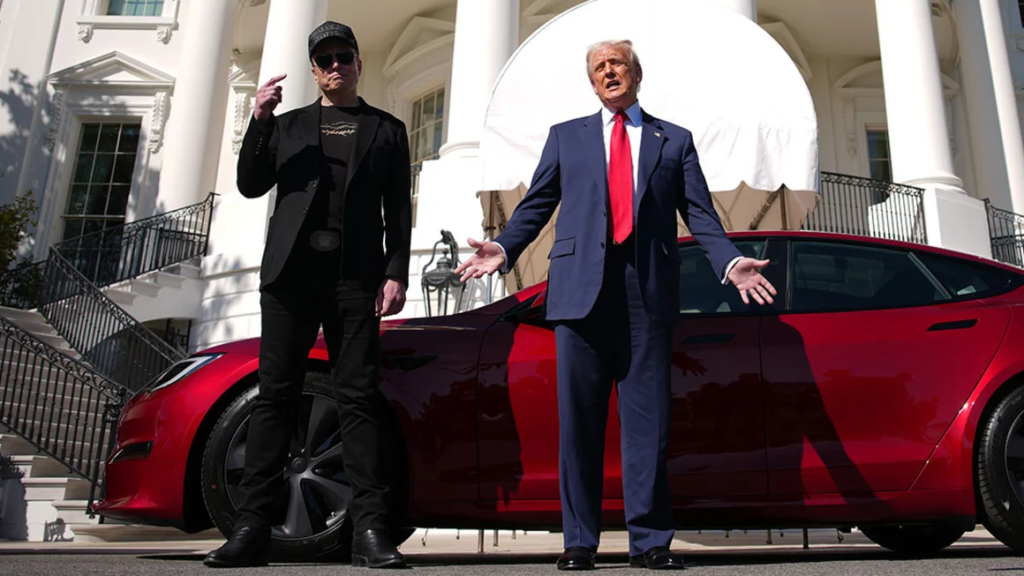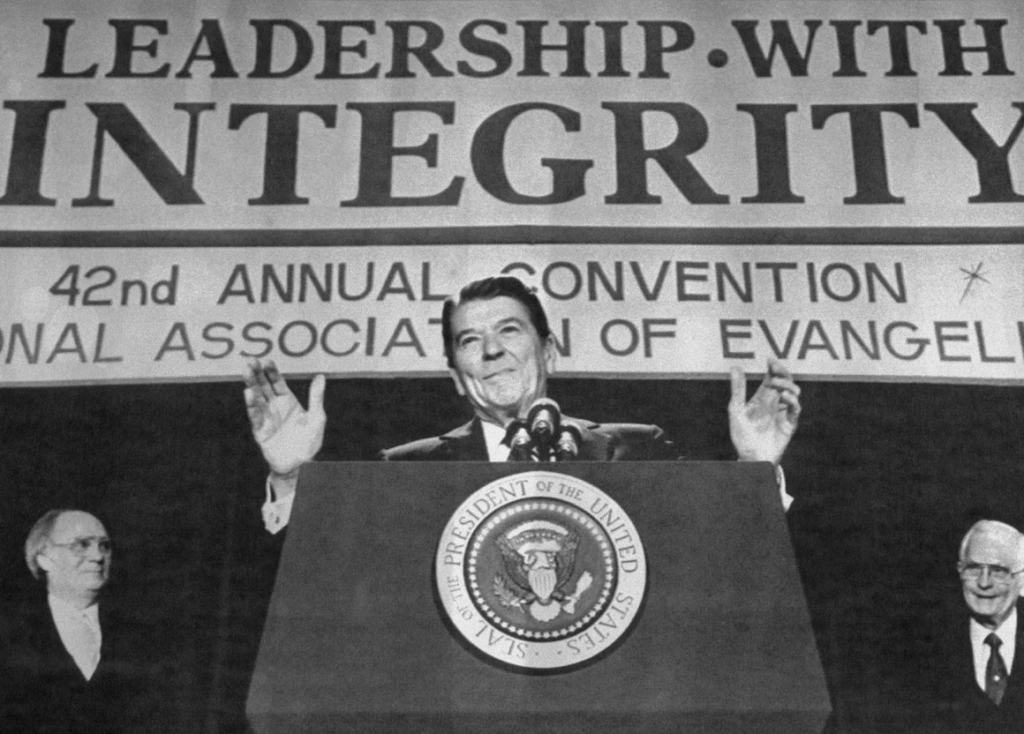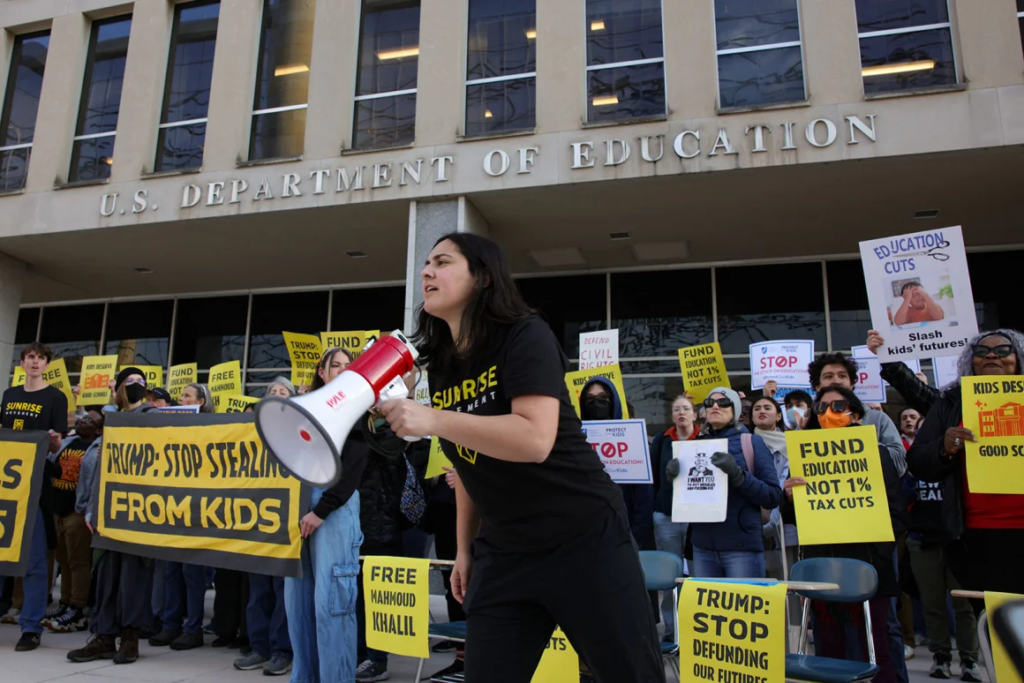Americans are accustomed to significant policy changes when the White House switches parties, but President Donald Trump is implementing structural changes to the federal government that may be hard for future Democratic presidents to undo.

Trump is not only reducing spending and rolling back regulations, but also eroding the government’s ability to influence both domestic and international affairs. More aggressively than in his first term, he is dismantling key mechanisms that Washington has used for decades to achieve its objectives.
Working alongside Elon Musk and the Department of Government Efficiency (DOGE), the Trump administration has been rapidly reducing federal capacity. Measures include massive workforce cuts, selling federal buildings, eliminating agencies like the Department of Education, and ending grants that support nonprofits and research institutions.
Donald Kettl, former dean of the University of Maryland’s School of Public Policy, warned, “We’ve never seen anything like this in terms of disinvestment in federal capacity. The impact is severe, with little regard for the consequences.”

Trump’s actions are creating long-term constraints for his successors. Experts agree that even a future Democratic president aiming to restore Washington’s influence will face immense challenges—replacing fired experts, reopening research labs, and finding new humanitarian partners.
Many conservatives view Trump’s assault on the “administrative state” as a more enduring shift than even the “Reagan Revolution.” Grover Norquist, a prominent conservative, believes it will have lasting effects, arguing that “this is a bigger deal than Reagan’s reforms.”

Trump’s strategy of dismantling federal structures is akin to “salting the earth” around Washington. Like ancient civilizations that razed cities and sowed salt to prevent rebuilding, Trump’s efforts may permanently weaken the federal government’s capacity.
The trend of reversing executive orders has long been a fixture of changing administrations. However, Trump’s second term has seen him go beyond routine policy shifts, actively dismantling entire agencies and programs.
For example, Trump has not only reinstated the Mexico City policy limiting abortion counseling abroad but has also drastically weakened the US Agency for International Development (USAID), reducing its staff and contracts. Similarly, Trump’s EPA is reconsidering its 2009 endangerment finding on carbon emissions, which could undo decades of progress on environmental regulations.

The Trump administration’s most challenging actions to reverse involve mass firings and cuts to federal research support. The efforts led by DOGE have already led to the dismissal of thousands of specialized federal employees. The loss of institutional knowledge and expertise may make it difficult for any future administration to rebuild the capacity of federal agencies, with some experts predicting increased reliance on private contractors.
Trump’s cuts to academic research grants have similarly disrupted the pipeline of scientific and technological innovation. As universities cancel research projects and reduce admissions for advanced degrees, the long-term impact could stall progress in critical fields.
In addition, Trump’s proposals to end the Postal Service’s independence and make other sweeping changes signal a broad effort to restructure federal agencies.
Norquist views these moves as part of a larger conservative agenda to shrink the federal government. Unlike Reagan, whose efforts were hampered by resistance within his own party, Trump has the backing of a more ideologically aligned Congress and a Supreme Court more receptive to his goals.
However, not everyone agrees with Trump’s approach. Neera Tanden, former White House domestic policy adviser under Biden, sees Trump’s efforts as an attack on the government’s ability to address public needs. She argues that while Trump’s cuts may secure short-term gains for conservatives, they will likely provoke a backlash that restores many of the programs he has dismantled.
Tanden believes that Trump’s efforts may mirror his attempt to repeal the Affordable Care Act, which only increased public support for the program. Whether the public will tolerate or resist the dismantling of key federal services will shape the future political landscape, determining the balance of power in Washington.